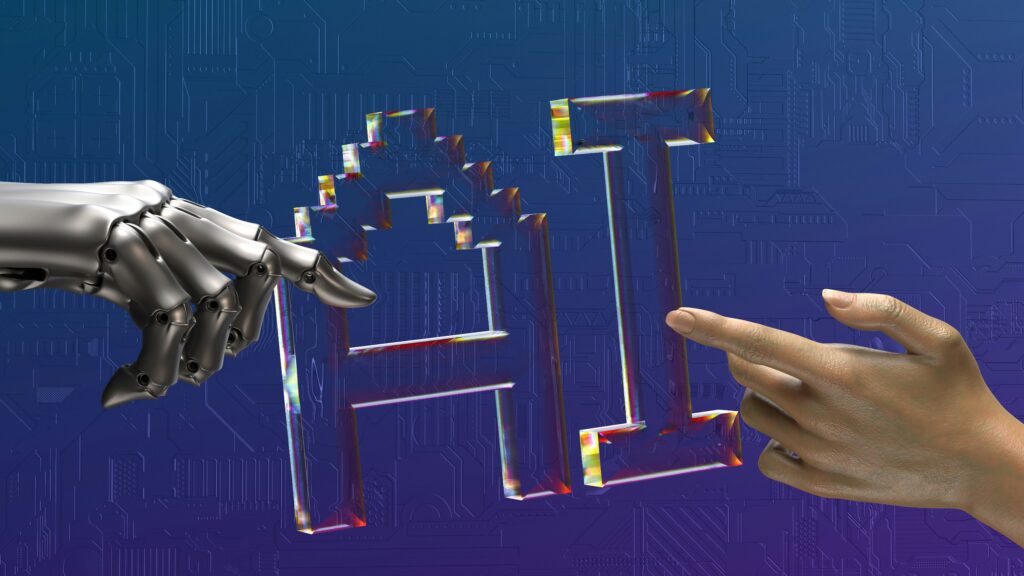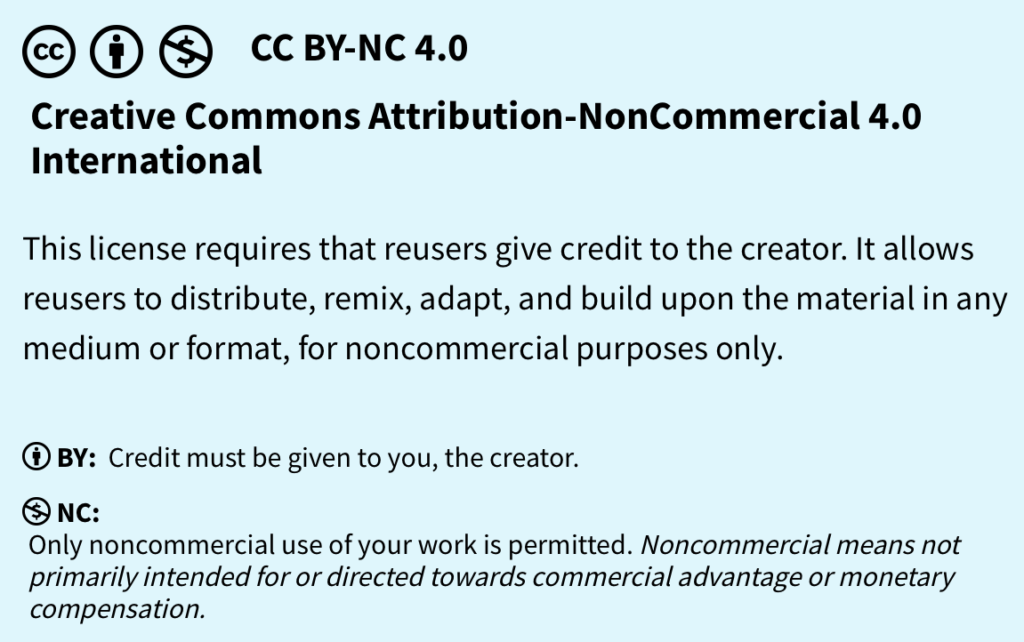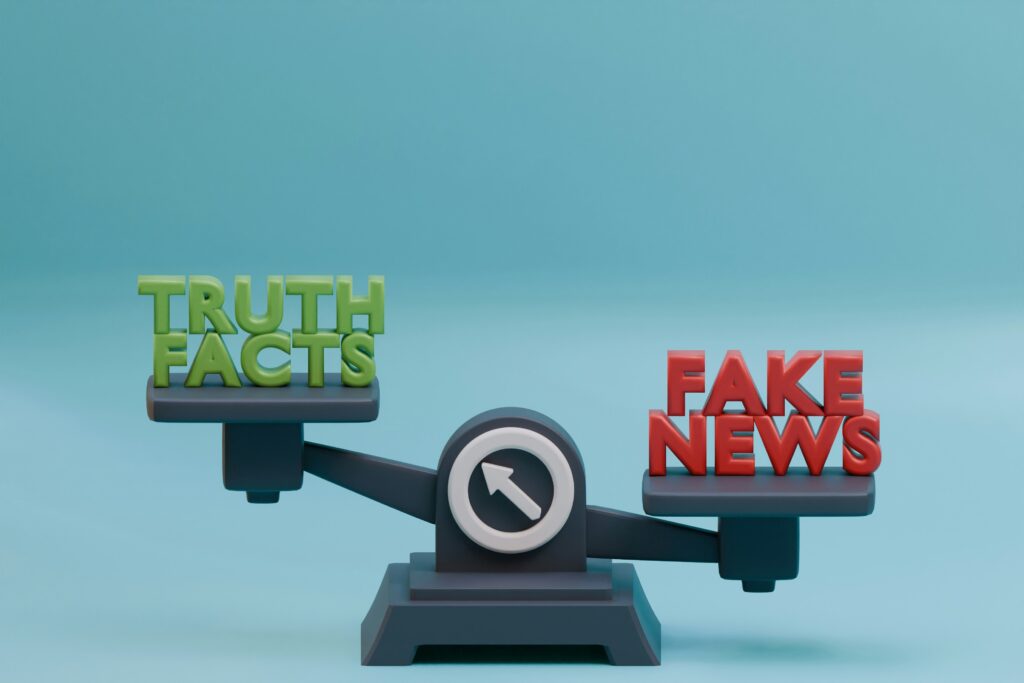This week I explored topics and resources around Data Privacy, Consent, and Open Copyright. By dissecting these I gained some new and necessary insights. Especially through Datafication with Bonnie Stewart, emphasizing the every trace we leave behind through our digital and media use or involvement which can then be “consolidated, monetized and sold.” Stewart clarifies that, “Algorithmic decision-making is not hyper-rational but rather hyper-reductive”. There is a huge lack of investigation or analyzing going on to properly decipher the promise of data and online learning that builds a barrier when integrating these into wider societal systems. We hold a lot of expectations or even biased thoughts that may restrict our full knowledge on how to properly use these in an effective and safe way that we can then use to our advantage.
Digital Literacies Depth & Lack of Knowledge
The moment this idea or realization of the depth and lack of knowledge we hold in many ways around digital literacy was a lesson from my Grade 6 year; In which some well versed individuals came in teaching us how to know a reliable source vs fake news. They provided us a series of tasks and assignments which allowed us to analyze and look for specific features to do this. I remember having an “ah ha!” Moment As the process slowly started to make more and more sense from the repetition. I began to see patterns and more rhyme or reason to how sources and information were set up in these digital realms. Thinking back to this and the extreme help this one individual lesson has provided me that I still keep in mind daily while surfing the web makes me wonder how this education is being taught at a new level of analyzing the digital realm considering more complex concepts of AI, data privacy, and “inshitification”(process of everything getting shittier and shittier) but also what frameworks we can keep in mind to both teach and learn these in a meaningful way.
Critical Evaluation Frameworks
In How to Evaluate With a Critical Evaluation Framework this is broken down to emphasizing frameworks including CRAAP(Currency, Relevance, Authority, Accuracy, and Purpose), and RADAR( (Rationale, Authority, Date, Accuracy and Relevance) to test sources reliability in a comprehensive way.
Educator Perspective
On top of these frameworks, as an educator I would prioritize students expanding resources and tools for fact checking and navigating the online world. In my practice I believe in providing students with choice especially in online contributions. Students should be aware of healthy online practices and have the chance to learn digital literacy and ethical AI considerations within the classroom to enhance safety and understandings around online spaces while also following the FIPPA(Freedom of Information and Protection of Privacy Act). I aim to share this knowledge, practice it, expand my own understanding of related topics and model thoughtful, positive uses of online resources within in my classroom.

Resources for Identifying Fake News:
I was searching for more input on digital evaluation frameworks and related digital literacy knowledge sharing on YouTube and Pinterest. Unfortunately most of the sources I found on YouTube were quite outdated. However, I found this collection of resources and helpful activities that could be integrated into the classroom with students to teach about Identifying fake news and similar frameworks importance, reflecting how students can be more cautious or aware which were in many ways similar to those that I did in grade 6. These sheets introduced with a strong foundation of what digital literacy, safety, data privacy and open copyright or reliable sources are could be the base of many others necessary knowledge that will be carried on and expanded upon moving forward in education and everyday life.



